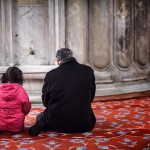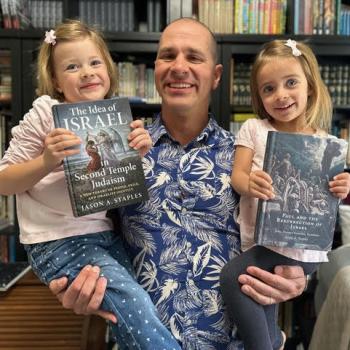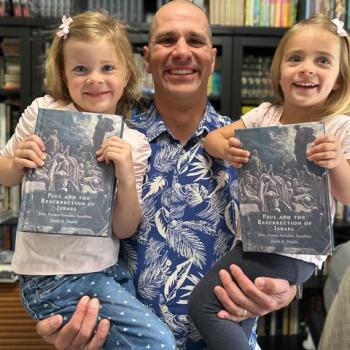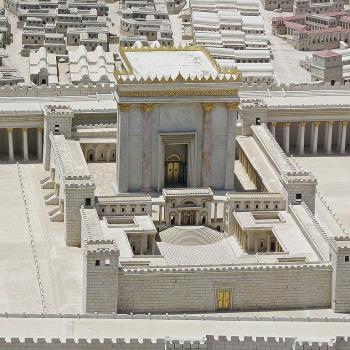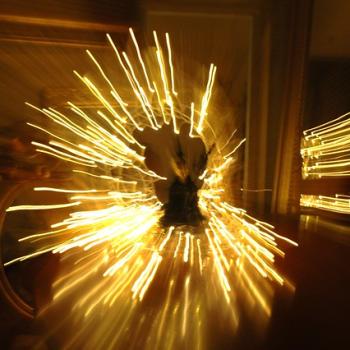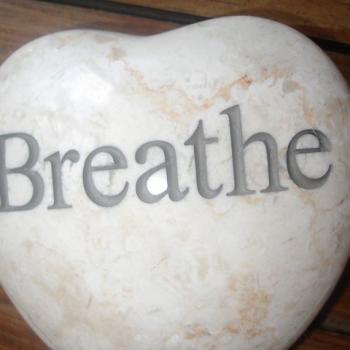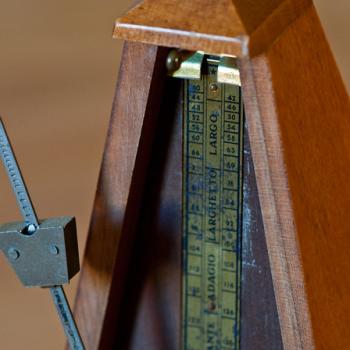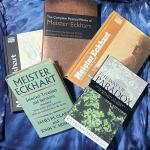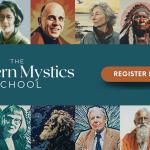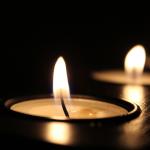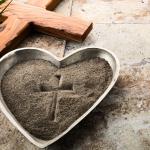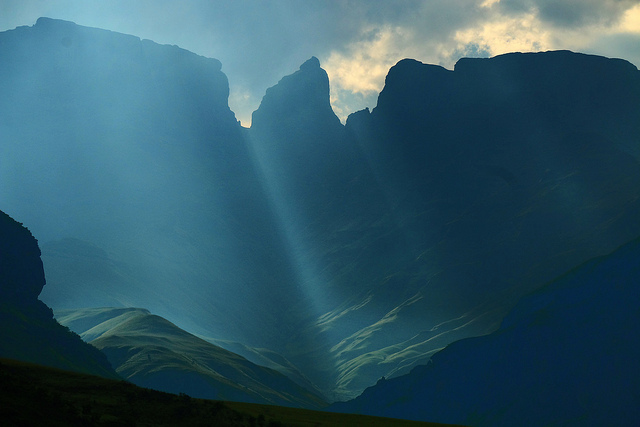
Transcending the Rest of the World
We may think people drawn to monastic life are trying to escape from the real world. People assume living in a monastic community is like going on a particularly long retreat. They believe becoming a monk requires being cut off from the rest of the world.
In many ways it is the rest of us, with our distractions and entertainment, who try to escape real life.
Spending time at a monastery feels so peaceful, so restful. Those of us who live here in the real world go to monastic communities to reflect. Rest and reflection are necessary aspects of healthy life in a monastic community.
Monastic life gives people opportunities to look real life in the face. Our life outside the monastery is full of things to distract our attention. We need to know all the latest news, even when it has little to do with our own lives. There are websites and books, podcasts and movies, even our pets pull us away. It is a challenge for us to listen and pay attention.
How rarely we take the time to look our lives in the eye. We are anxious about being honest with ourselves. Our anxiety encourages us to find other things to fill our minds.
We are cannot be honest with the world around us if we cannot be honest with ourselves.
When we do not look the world honestly in the eye it seeps in through the back door. It catches us off guard when we are not really paying attention.
Spending Time in Stillness
Each of us needs time to reflect, to allow our minds to roam. As we reflect, all the things we have pushed to the back burner remind us they are still there. Monastic communities are excellent places to spend time in stillness, reflecting.
When they do not take time for rest and reflection, leaders tend to burn themselves out.
We tend to put too much trust in analytical, rational thinking. It is as if we believe we can reason our way out of any challenge. We know we can, with enough effort, think our way through any question.
Sitting still allows us to get past our intellects and hear our intuition, our feelings. We come to realize answering the question is not the solution to our difficulties.
In our stillness we can remember what we already know.
My favorite way to spend time in stillness is sitting in a rocking chair. The rhythm of my rocking is conducing to my own reflection.
Stillness allows us to hear our own reflection.
Stillness at the Hermitage
The monastic community in which I participate as a lay oblate is a on the California coast south of Monterey. This year’s storms have cut access to the hermitage off from the rest of the world. Highway 1 is closed both north and south of Big Sur, and the driveway was washed out.
My annual August trip to the hermitage is in jeopardy this year. The monks have not been able to welcome visitors since February. No one knows when that will change.
People can see photos and help the hermitage survive financially at New Camaldoli.
In addition to concern for the hermitage and the monks in Big Sur, the situation has sparked my reflection.
If I am not able to drive up and spend some time in the stillness this year, what will I do? Where will I find the stillness I usually find there?
Each year as my trip approaches I start to get a little itchy in anticipation. My mind, heart, and soul depend on the time I spend in stillness at the hermitage. The stillness there has a quality which is not easily replaced.
More than the natural beauty, the wildlife, even the monks, it is the stillness which draws me.
Leading from a Place of Stillness
I am an outgoing, extroverted leader who is not afraid to speak in public. One of the most significant, life-changing lessons of my life is learning to lead from stillness.
Leadership does not grow in the spotlight, does not develop at the center of attention.
Our leadership is planted deep within us in seeds which sprout in silence. We may study leadership, gaining as much information as we can. Our leadership is formed as much as it is informed.
We see leadership as an analytical quality, testing our ability to sort things out well. There are certainly intellectual challenges, but we also need to reflect well.
Most of us like to believe we think our way into the future. Spending time in stillness allows us to find the insights we need to step forward.
My thinking helps me anticipate potential problems. It is my reflection and stillness which shows me where to find hope and transcendence.
We sit, rocking and reflecting, giving the pieces an opportunity to fall into place.
So often we think our way into following someone else’s footsteps. Our reflection shows us how to follow their example.
Other people may or may not listen to what we say. The stillness in us connects with the stillness in the people around us.
Transcending
We are not drawn to stillness because we want to hide from the rest of the world. The stillness we seek gives us the time and space to reflect, to gain understanding and insight. As we listen to the stillness we begin to hear the deep truths within us.
Listening to stillness is not a distraction, but draws us to focus our attention. We open ourselves, forgetting what could distract us, and we transcend the world around us.
We savor the stillness we find and draw wisdom from it. Sitting, rocking, and reflecting, we begin to taste the insights just beyond us.
Questions
Where is your leadership being formed this week?
How does stillness help you transcend the rest of the world?
[Image by tdwrsa]
Greg Richardson is a spiritual life mentor and leadership coach in Southern California. He is a recovering attorney and university professor, and a lay Oblate with New Camaldoli Hermitage near Big Sur, California. Greg’s website is StrategicMonk.com, and his email address is StrategicMonk@gmail.com.



